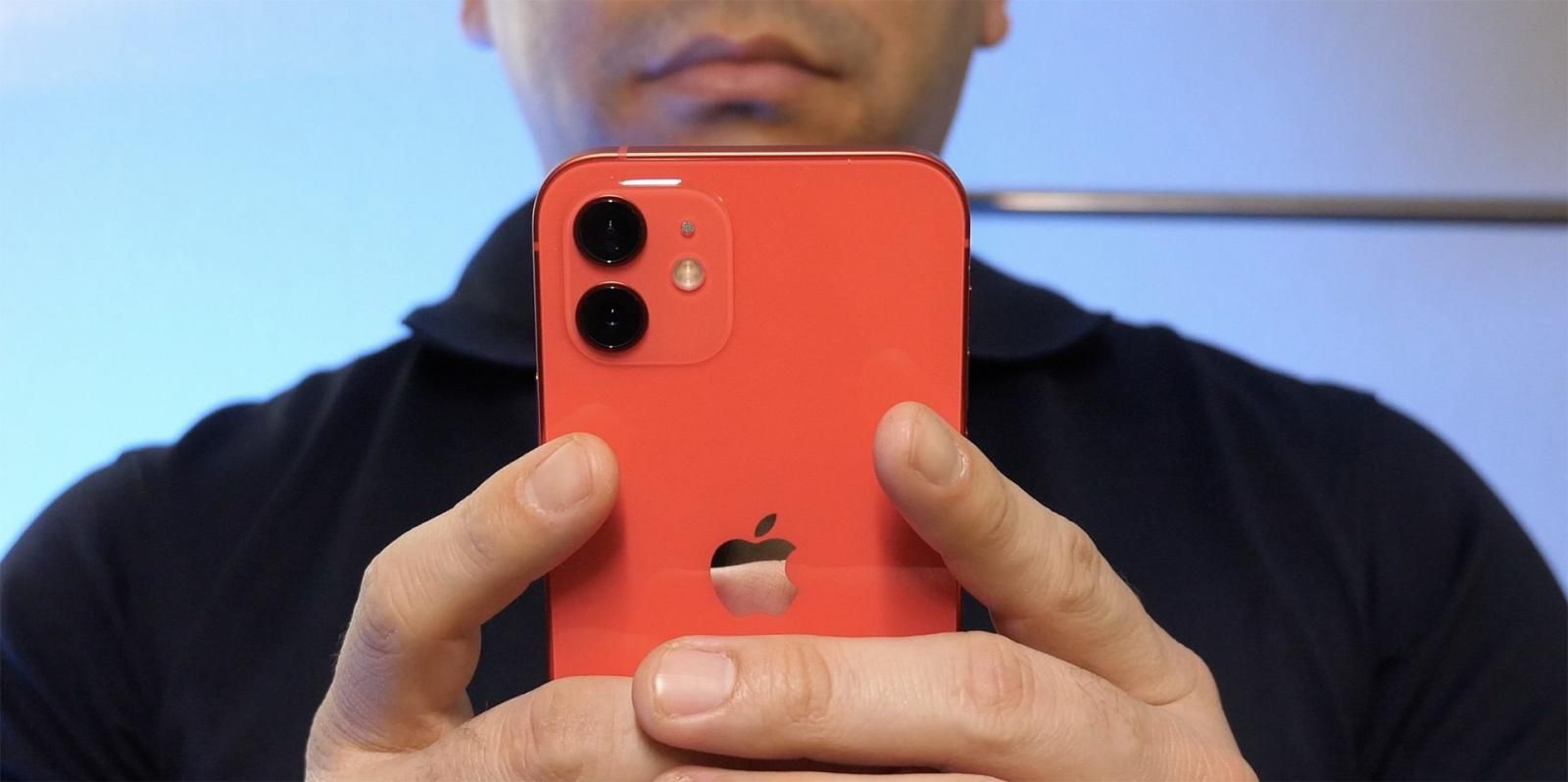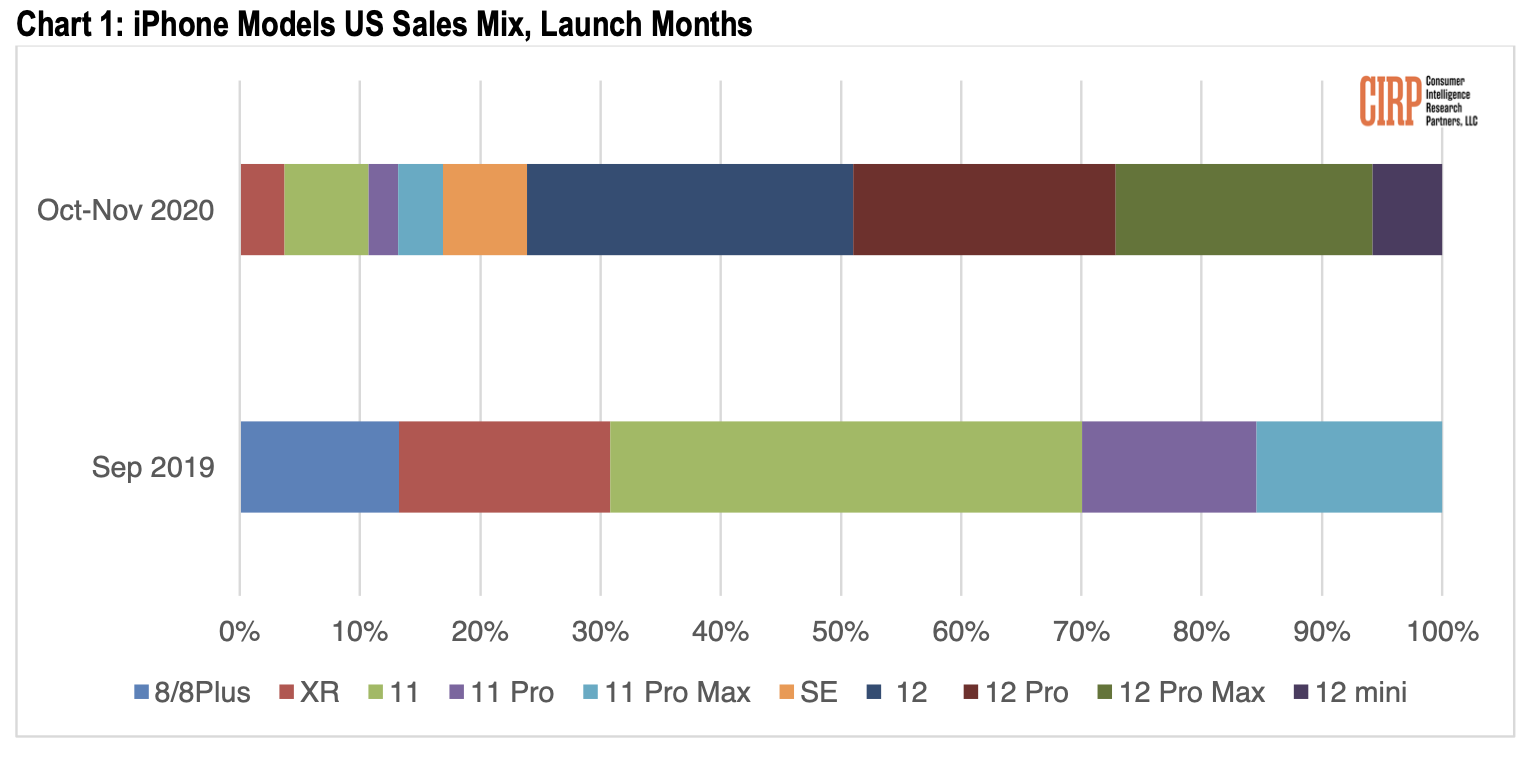It seems that Apple’s latest iPhone lineup has knocked one out of the park with its latest sales report. The iPhone 12 appears to have accounted for a total of 76 percent of new iPhone sales if we focus on the time period between October and November. However, the smaller, more affordable version didn’t get the attention Apple was hoping for.
According to a new report from Consumer Intelligence Research Partners (CIRP), the latest iPhone 12 lineup has done great in sales, taking up more than half of Apple’s new iPhone sales in the last few months after their launch periods. The vanilla iPhone 12 model with a 6.1-inch display was apparently the most popular device, as it managed to take up 27 percent in sales. The 12 Pro and the 12 Pro Max with a 6.1-inch and 6.7-inch displays reached 20 percent in sales.
If we compare this year’s sales numbers with the ones delivered by the iPhone 11, we will see a clear difference. Last year’s iPhone 11 lineup managed to reach 69 percent of Apple’s total iPhone sales, which also suggests that this year’s iPhone 12 has been more successful in sales in the period after their launch. Still, comparisons may be a bit complicated, as we saw Apple changing its launch strategy during 2020 to cope with the delays caused by the ongoing pandemic.
“Compared to last year’s launch of iPhone 11 models, which accounted for 69% of sales in the period after the launch, the four iPhone 12 models did even better, with 76% of sales. However, there was no clear leader among the new models, with sales evenly distributed among iPhone 12, 12 Pro, and 12 Max. In contrast, in 2019, iPhone 11 had an incredible 39% of sales, with iPhone 11 Pro and Pro Max combining for only 30% of sales.”
Unfortunately, the iPhone 12 mini didn’t do as great as the other models, as the smaller 5.4-inch version only managed to reach 6 percent of total iPhone sales during October and November. The reason for this is that the 12 mini arrived with a price tag that wasn’t as appealing to customers, as they decided that the iPhone 11 or the iPhone XR were more attractive.
“The new iPhone mini likely disappointed Apple with only 6% of sales in the period,’ said Mike Levin, CIRP Partner and cofounder. ‘It has most of the same features as the other iPhone 12 models, in a smaller form factor for $699. Its share was just above that of iPhone XR, launched in 2018 and now priced at $499, the one-year old iPhone 11, now selling for $599, and the 2nd generation iPhone SE, launched in April 2020 at $399. It seems that its higher price point compared to those three models limited the iPhone 12 mini appeal.”
Source CIRP
Via 9to5Mac


